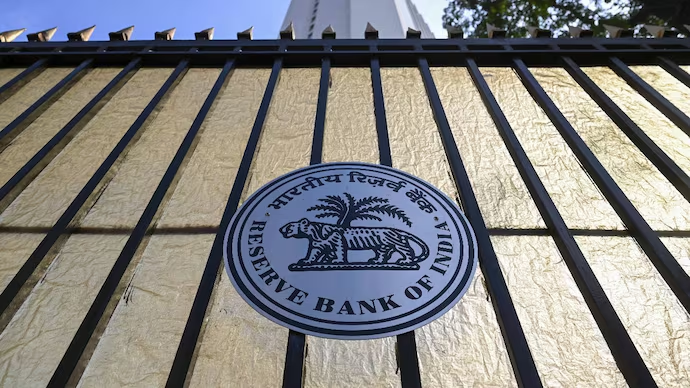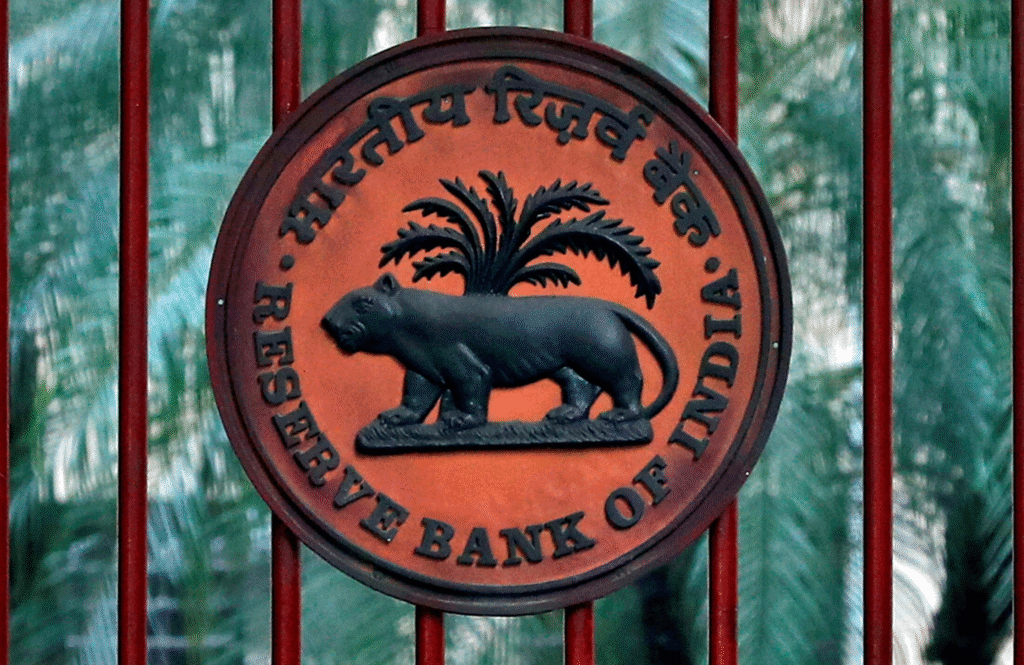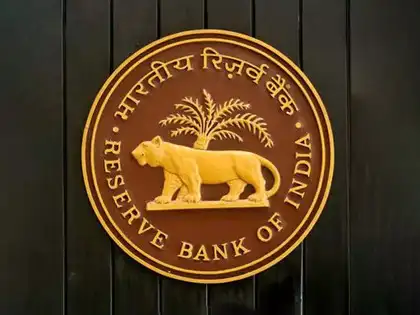
The Reserve Bank of India (RBI) has stunned the economic landscape with the announcement of a record dividend payout of Rs 2.69 lakh crore to the Central Government for the fiscal year 2024-25. This unprecedented transfer represents the highest ever dividend disbursed by the central bank, highlighting not only the RBI’s robust financial position but also the underlying strength and resilience of the Indian economy amidst a complex global environment.
This landmark announcement has far-reaching implications for India’s fiscal health, economic growth prospects, and the broader financial system. The scale of the dividend underscores the RBI’s prudent management of its resources and signals strong macroeconomic fundamentals that are crucial as the nation strives for sustained development and greater global economic stature.
Historical Context: Understanding RBI’s Dividend and Its Significance Over Time
To fully appreciate the magnitude of the Rs 2.69 lakh crore dividend payout, it is important to consider the historical context of RBI’s dividend transfers to the government. Traditionally, the RBI generates profits primarily through its management of government securities and foreign exchange reserves. These profits, after accounting for operational costs and maintaining required capital buffers, are partly distributed to the government as dividends.
Over the years, RBI’s dividend transfers have fluctuated, influenced by changes in interest rates, government borrowing patterns, foreign exchange reserves, and the economic cycle. In earlier decades, these payouts were relatively modest compared to the expanding scale of India’s economy and government expenditure.
However, in recent years, a notable shift has occurred. The RBI has adopted a more strategic approach to its earnings, balancing the need to maintain financial stability with the imperative of supporting government finances. This approach is reflective of the evolving role of the RBI—not just as a central monetary authority, but also as a key stakeholder in India’s fiscal architecture.
The Rs 2.69 lakh crore dividend is a culmination of this evolution. It is nearly double the dividend paid in previous fiscals, signaling the RBI’s improved earning capacity and its willingness to play a more proactive role in aiding the government’s fiscal consolidation efforts.
The Economic Environment Shaping RBI’s Record Dividend Announcement
The global economic environment over the past few years has been volatile, marked by challenges such as the COVID-19 pandemic, supply chain disruptions, geopolitical conflicts, and fluctuating commodity prices. Against this turbulent backdrop, India’s economy has demonstrated remarkable resilience.
India’s GDP growth rates have rebounded robustly, supported by strong domestic consumption, investment inflows, and government stimulus measures. The RBI has played a pivotal role in navigating monetary policy through these uncertain times, striking a delicate balance between supporting growth and controlling inflation.
The record dividend announcement must be viewed through this prism. The RBI’s ability to generate substantial profits even as it managed liquidity, interest rates, and currency stability is indicative of its effective stewardship of monetary and financial policies.
Furthermore, the accumulation of foreign exchange reserves to comfortable levels has insulated the economy from external shocks, boosting investor confidence. The RBI’s prudent management of its balance sheet and assets—particularly government securities and foreign assets—has been instrumental in producing the surplus that underpins this historic dividend payout.
Implications of the Dividend Transfer for the Union Budget and Fiscal Deficit
The infusion of Rs 2.69 lakh crore into the Central Government’s finances will have a transformative impact on the Union Budget for FY25. This transfer is essentially non-tax revenue for the government, allowing it to meet expenditure without additional borrowing or raising taxes.
Fiscal deficit—the gap between the government’s revenue and expenditure—has been a persistent concern for policymakers. Excessive deficits can lead to higher borrowing costs, crowding out private investments, and inflationary pressures. By receiving this large dividend from the RBI, the government gains crucial fiscal space to pursue developmental and social spending while keeping deficit targets in check.
This dividend acts as a buffer, enabling the government to invest in vital infrastructure projects such as roads, railways, renewable energy, and urban development, all of which are central to India’s long-term growth ambitions. Additionally, it can bolster spending on social welfare schemes targeted at poverty reduction, healthcare, and education, fostering inclusive growth.
Importantly, this improved fiscal position can also help the government maintain investor confidence and favorable sovereign credit ratings, essential for attracting foreign direct investments and portfolio flows.
Impact on Inflation, Interest Rates, and Monetary Policy
The RBI’s dividend payout also has nuanced implications for inflation and monetary policy management. Inflation remains a key concern for policymakers, especially amid volatile global commodity prices and supply chain constraints.
With the government receiving a significant non-tax revenue boost, it can potentially finance its expenditures without resorting to heavy market borrowing. Reduced reliance on debt issuance may moderate upward pressure on interest rates in the bond markets, contributing to a more stable macroeconomic environment.
From a monetary policy perspective, the RBI continues to face the challenge of balancing growth support with inflation control. The dividend payout is part of a broader framework in which the RBI manages its profits, capital reserves, and financial obligations to sustain this balance.
Monetary policy decisions on repo rates, liquidity injections, and other tools will continue to be data-driven, taking into account inflation trajectories, economic growth momentum, and global developments. The dividend announcement signals the RBI’s financial health, which indirectly supports its operational independence and policy flexibility.
Broader Economic Significance: Boosting Investor Sentiment and Market Stability

The RBI’s record dividend transfer has been met with optimism across financial markets and investor communities. It sends a strong message that India’s central bank is not only financially robust but also aligned with national economic priorities.
Investor sentiment is a crucial driver of capital inflows, market valuations, and overall economic confidence. The dividend payout is perceived as a positive signal that the government’s fiscal position is strengthening, reducing risks related to public finances.
For domestic and international investors, such a development reassures the continuity of sound economic management and stable governance. The increased fiscal space also supports government efforts to incentivize private sector investment, enhance ease of doing business, and foster innovation and entrepreneurship.
Consequently, the stock markets, bond markets, and currency markets are likely to respond favorably, creating a virtuous cycle of investment, growth, and job creation.
The RBI’s Role Beyond Dividend Payouts: Central Bank as a Pillar of Economic Stability
While the dividend announcement draws headlines, it is essential to recognize that the RBI’s role transcends mere profit transfers. As India’s central bank, the RBI is the cornerstone of monetary stability, currency management, financial regulation, and economic growth facilitation.
The RBI regulates banks and financial institutions, manages inflation targeting, oversees currency issuance, and acts as the custodian of the nation’s foreign exchange reserves. Its actions influence credit availability, consumer prices, and overall economic activity.
In recent years, the RBI has taken proactive steps to strengthen the financial sector, including measures to improve non-performing asset resolution, promote digital payments, and encourage green financing initiatives.
Its successful navigation through unprecedented economic disruptions—such as the pandemic-induced lockdowns—has cemented its reputation as a reliable and forward-looking institution.
Delving Deeper: The Composition of RBI’s Earnings and Capital Adequacy
Understanding the RBI’s financial health requires a closer look at its earnings sources and capital adequacy framework. The majority of RBI’s income stems from its holdings of government securities, which pay interest and provide capital gains when managed adeptly.
Additionally, the RBI’s foreign currency assets, acquired through interventions in the forex markets to stabilize the rupee, generate interest income denominated in foreign currencies. These income streams have benefited from favorable global interest rate differentials and currency valuations.
The RBI maintains capital reserves to absorb potential losses and ensure operational continuity. The recent years’ stress testing and risk assessment exercises have confirmed the adequacy of these buffers, giving the central bank the confidence to transfer a large dividend without compromising its financial stability.
This prudent financial management approach contrasts with some central banks globally that have faced capital erosion due to prolonged low-interest-rate environments or asset price volatility.
Perspectives from Economic Experts and Policymakers
Prominent economists and policymakers have lauded the RBI’s record dividend announcement as a milestone for India’s economic management. Many view it as an endorsement of the RBI’s dual mandate effectiveness, balancing inflation control with growth facilitation.
Experts highlight that the dividend payout will help anchor government finances, allowing for counter-cyclical fiscal policies at a time when the global economy is uncertain. By reinforcing fiscal space, the government can sustain spending on critical sectors without undermining macroeconomic stability.
Some economists also suggest that the large dividend could encourage further institutional reforms and greater transparency in central bank-government fiscal interactions, setting a precedent for future financial governance.
Policymakers emphasize that while the dividend provides a fiscal boost, the government must deploy these funds judiciously to ensure inclusive and sustainable development.
The Road Ahead: Challenges and Opportunities for FY26 and Beyond
While the record dividend signals strength, challenges remain on the horizon. India’s economic growth must contend with potential headwinds such as global trade tensions, inflation volatility, and climate change-related disruptions.
Maintaining fiscal discipline while scaling up investments will require careful planning and execution. The government and RBI will need to collaborate closely to monitor emerging risks and adjust policies accordingly.
Opportunities abound as well. India’s demographic dividend, technological advancements, and integration into global value chains offer pathways to accelerated growth.
The RBI’s financial robustness, exemplified by this dividend payout, will be a critical enabler in this journey—providing the government with the resources and confidence to pursue bold economic reforms and developmental goals.
Conclusion: A Defining Moment in India’s Economic Story
The Reserve Bank of India’s decision to transfer a record Rs 2.69 lakh crore dividend for FY25 is more than a financial milestone; it is a defining moment in India’s evolving economic narrative. This historic payout symbolizes the resilience, prudence, and forward-looking approach of India’s premier financial institution.
For the government, it unlocks vital fiscal resources needed to fuel growth, welfare, and infrastructure development. For the economy, it reinforces stability, supports monetary policy effectiveness, and boosts investor confidence.
As India charts its path toward becoming a $5 trillion economy and a global economic powerhouse, the RBI’s record dividend stands as a beacon of fiscal strength and strategic partnership between monetary and fiscal authorities.
The journey ahead will demand sustained collaboration, transparency, and innovation. Yet, with the RBI’s robust financial foundation and the government’s renewed fiscal capacity, India is well-positioned to meet its aspirations and deliver inclusive prosperity for its millions.

